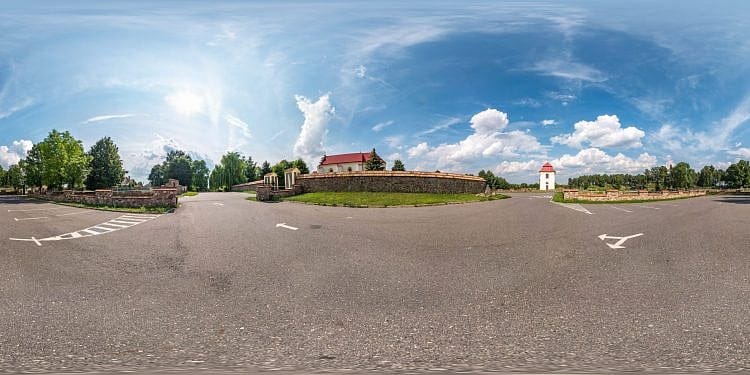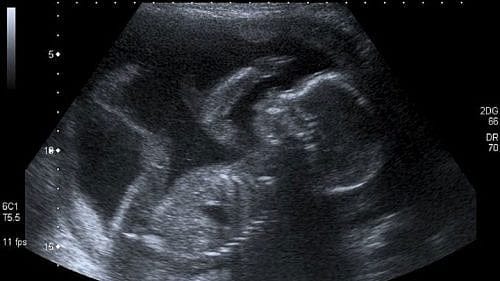Drive-In Mass

Following up on my suggestion of small church services through online signup to get around coronavirus restrictions, a reader suggested outdoor Masses. That got me to thinking of what Irish Catholics did during penal times.
Mass was illegal and persecuted in Ireland from around the 1650s to the 1750s, as the English authorities tried to stamp out Catholicism. All Catholic churches became (Protestant) Church of Ireland churches, and celebrating Mass anywhere was forbidden.

